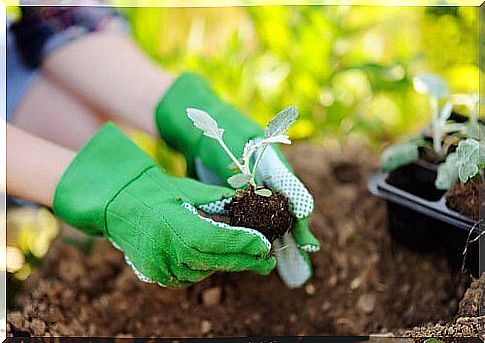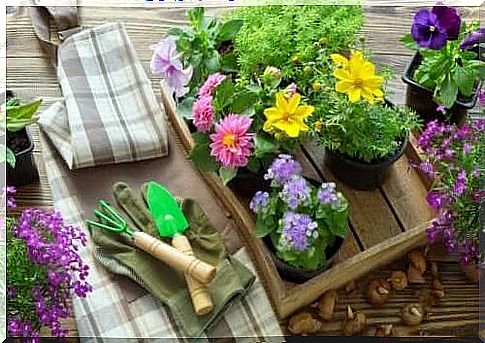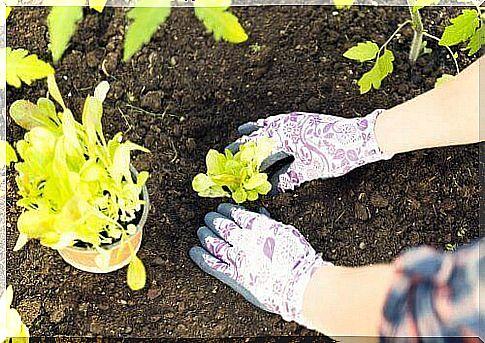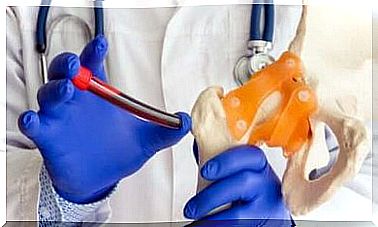Transplanting Plants – What Should Be Borne In Mind During This Activity?

While transplanting plants seems simple, there are a few things to keep in mind.
It is not natural for them to transplant plants , and changing their container or place may be detrimental to them. Remember that in the wild, plants are never transplanted.
Therefore, transplanting is a big change and, if not done well, can weaken the plant considerably. In some cases, she may even die. Read on for recommendations on the best way to transplant your plants.
Tips for successfully transplanting plants
Time of year to transplant plants
Transplanting a newly purchased plant, whether you transfer it to a pot or to the ground, can be done at any time of the year. You can do this at any time without damaging the plant excessively. New acquisitions can be replanted immediately.

However, if you are moving the plant from the ground to the pot, the time of year does matter. This is because the process involves root damage, so it is best to wait until the vegetative activity of the plant is minimal. The best moment is winter.
When moving plants from the pot to the ground, you need to remember to water. Therefore, the best time of the year will be summer. This will give the plant more water – otherwise it will dry out very easily.
Choose the pot you want to use
One of the most important aspects when transplanting plants is choosing the right pot. Too small or too large a pot will harm the plant. Small pots do not have enough space for the roots to grow and develop, while large pots prevent the plant from taking in enough water.
Therefore, it is imperative to observe the development of the plant and choose a pot that will allow it to grow healthily. For this to be the case, the pot should be a few centimeters deeper and wider than the plant. Keep in mind that the flowers are still growing and will continue to grow, so you may need to replant again.
As for the material from which the pot should be made, both clay and plastic have their advantages and disadvantages. Plastic pots are very light and cheap, which makes them economical and easy to transport.
One of the disadvantages of plastic pots is that over time the sun weakens them and they tend to crack. Another problem is that plastic is not a porous material, which can affect the plant’s root system.
Clay pots are very resilient and allow for proper root development. They are also undoubtedly nicer than plastic ones. However, they are more expensive, and if they fall to the ground – they will break.
Taking out the plant
The moment of taking out and transplanting the plant is by far the most delicate.

Extracting a plant is the most delicate part of the transplanting process, especially if you are moving it from one pot to another. You need to carefully remove the plant so that its base, on which it is in contact with the soil, does not crumble. If this happens, the plant will have more difficulty adapting to the new environment.
Watering is another very important part of replanting. When the soil is wet, tap the pot gently to help it detach. Finally, carefully remove the plant with its stem.
Placing the plant in its new environment
To move the plant to a new pot, it’s important to make sure it’s in the center of the container – it’s neither too high, nor too low, nor too far from the edge. Finally, fill the voids with soil, applying pressure with your hands to keep it compact.
It is important to prepare the soil in advance, depending on the needs of your plant. This will help her adapt to the environment and provide her with the nutrients she will need.









